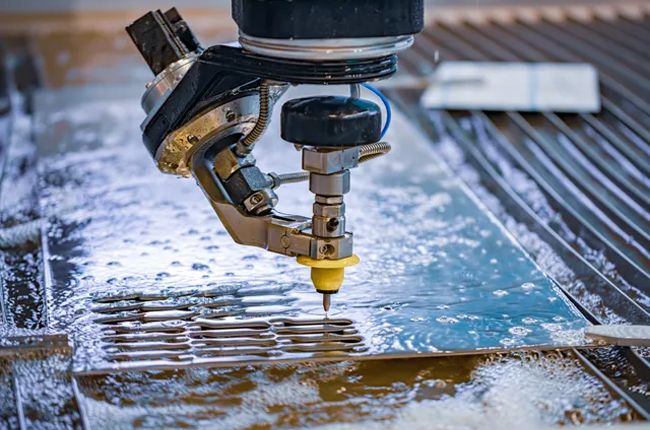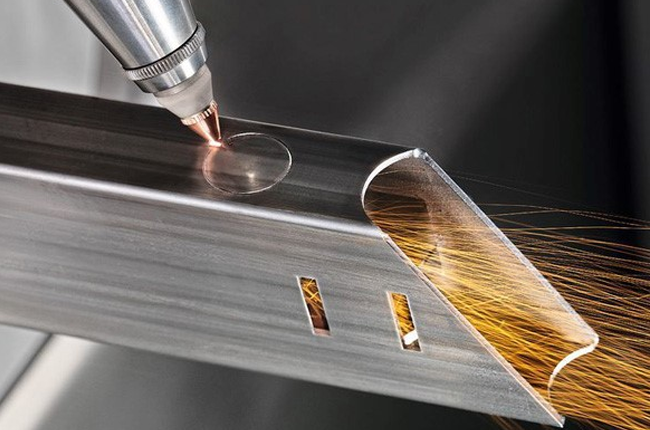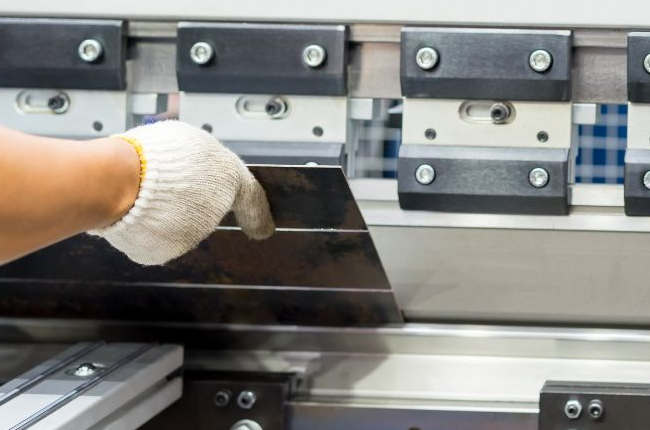Overcoming Common Challenges in Sheet Metal Prototyping

Sheet metal prototyping is an essential part of many industries, from automotive and aerospace to electronics and construction. Creating prototypes helps companies test their designs and make necessary adjustments before moving to mass production. However, sheet metal prototyping comes with its own set of challenges.
1. Design Complexity

One of the first challenges in sheet metal prototyping is dealing with complex designs. Modern products often require intricate shapes and features that can be difficult to achieve with sheet metal.
Solution: Use Advanced Software Tools
Using computer-aided design (CAD) and SolidWorks software can help create detailed and accurate designs. These tools allow designers to visualize the final product and make necessary adjustments before the prototyping process begins. Software simulations can also predict potential issues, saving time and resources.
2. Material Selection
Choosing the right material for your prototype can be tricky. Different metals have varying properties such as strength, flexibility, and corrosion resistance.
Solution: Understand Material Properties
Before selecting material, it’s important to understand the specific requirements of your project. Consulting with material experts or using material databases can help you choose the best option. Testing different materials with small samples can also provide valuable insights.
3. Precision and Tolerance
Achieving high precision and tight tolerances is crucial in sheet metal prototyping. Even small deviations can lead to problems in the final product.
Solution: Invest in Quality Equipment
Using high-quality machinery and tools can greatly improve precision. Modern CNC machines, for example, can cut and shape metal with extreme accuracy. Regular maintenance of equipment is also essential to ensure consistent performance.
4. Cost Management
Prototyping can be expensive, especially if multiple iterations are required. Balancing quality and cost are a common challenge.
Solution: Plan and Budget Wisely
Creating a detailed plan and budget before starting the prototyping process can help manage costs. Prioritize critical features and be open to making trade-offs where necessary. Using cheaper materials for early prototypes and saving expensive ones for final versions can also reduce costs.
5. Time Constraints

Tight deadlines are a frequent issue in prototyping projects. Delays can disrupt the entire production timeline.
Solution: Streamline the Process
Implementing efficient project management practices can help keep the process on track. Using rapid prototyping techniques, such as laser cutting and 3D printing for certain parts, can speed up the process. Additionally, working closely with suppliers and manufacturers can ensure timely delivery of materials and services.
6. Communication Gaps
Miscommunication between designers, engineers, and manufacturers can lead to errors and delays.
Solution: Improve Collaboration
Encouraging open communication and collaboration among all parties involved can help avoid misunderstandings. Regular meetings and updates ensure everyone is on the same page. Using shared platforms for design files and documentation can also facilitate better communication.
7. Assembly Issues
Sometimes, parts of the prototype may not fit together as expected, causing assembly problems.
Solution: Conduct Thorough Testing
Testing the fit and function of each part during the prototyping stage can identify issues early. Adjusting before moving to the next phase prevents costly mistakes. Creating detailed assembly instructions and diagrams can also help.
8. Surface Finish Quality
Achieving the desired surface finish on sheet metal parts can be challenging, especially for parts that require a high level of aesthetic appeal.
Solution: Use Proper Techniques
Different finishing techniques, such as polishing, painting, or coating, can improve the appearance and durability of sheet metal parts. Choosing the right technique based on the material and design requirements is key. Testing different finishes on sample pieces can help determine the best approach.
9. Handling Revisions

Design revisions are often necessary but can disrupt the prototyping process.
Solution: Be Flexible and Adaptable
Building flexibility into your process allows for easier handling of revisions. Maintaining a clear and organized record of all changes helps track progress and ensures that everyone is aware of the latest design updates. Using modular design principles can also make it easier to implement changes without starting from scratch.
Wrapping up!
Sheet metal prototyping is a vital step in the product development process, but it comes with several challenges. By understanding these challenges and implementing effective solutions, you can improve the efficiency and quality of your prototypes.
Using advanced tools, improving collaboration, managing costs, and maintaining flexibility are key strategies for overcoming common prototyping hurdles. With careful planning and execution, you can ensure successful prototyping and pave the way for a smooth transition to mass production.